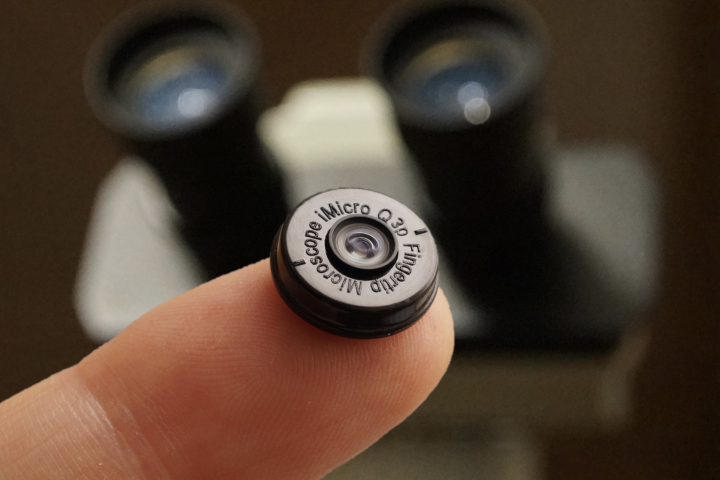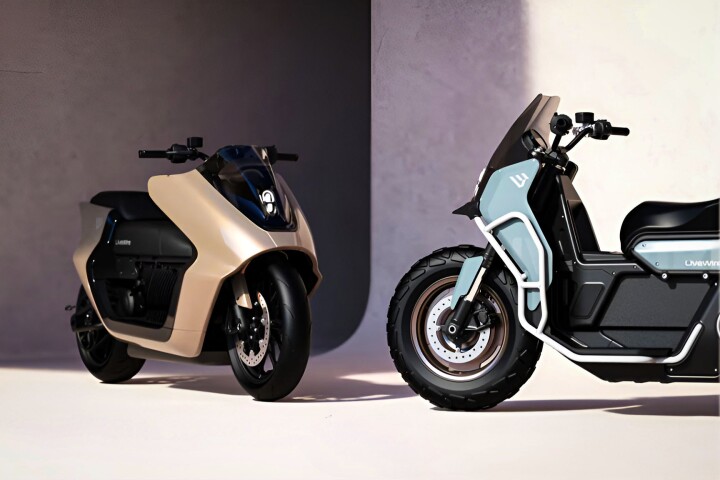Westinghouse Electric Company is advancing its revolutionary eVinci nuclear microreactor. Based on space nuclear technology, it boasts a tiny footprint, no moving parts, and can be swapped out for refueling, much like replacing a used gas bottle.
In the wake of climate change concerns, nuclear energy is experiencing a resurgence. With its zero-emissions principle and ability to generate large amounts of power, it can address many of the challenges facing the energy sector. However, the nuclear industry must overcome issues related to safety (perceived or otherwise), availability, and cost, while also significantly speeding up the construction process, which traditionally takes years.
Westinghouse's solution is the eVinci microreactor, which is less than 10 ft (3 m) in diameter and generates up to 5 megawatt electrical (MWe) with a 15 megawatt thermal (MWth) core design. This compact setup can be manufactured in a factory rather than on-site, and it runs for over eight years on a single fueling. When the fuel is depleted, the entire reactor is shut down, loaded onto a truck, and returned to the factory for refueling or replacement with a new reactor.
What sets the eVinci apart from other small reactors is that it has no moving parts once in normal operation and requires no water or other coolant circulation.
It uses highly robust TRISO (TRi-structural ISOtropic) fuel, which consists of uranium enriched to 19.75%, sealed into pellets the size of millet seeds made of uranium, carbon, and ceramic. These pellets are combined into small spheres that are then packed into rods and inserted into the core. The result is a fuel assembly that is extremely durable, resistant to heat and corrosion, and produces a self-limiting nuclear reaction that cannot go out of control.
In addition to the fuel rods, there are shutdown rods inserted during transport to halt the nuclear reaction entirely. A rotating drum must also be moved aside for the core to activate. In an emergency, this drum passively rolls back into place to shut everything down.

In short, once everything is operational, no moving parts are needed to keep the reactor running, including the cooling system. Instead of circulating water, air, helium, or molten salts, the reactor uses a solid-steel monolith to house the core and absorb heat. From there, alkali heat pipes passively conduct the heat away using phase changes in the alkali metal to cool the reactor and convert the heat into electricity.
The result is a compact, inherently safe design. Westinghouse claims the eVinci can be set up above ground in a relatively lightweight plant that requires only about two acres (8,090 m²) and needs only a small staff for operations and security. The core is small enough to be shipped in standard containers by rail, barge, or truck.
Beyond civilian power generation, Westinghouse says the eVinci is also suitable for powering remote locations, mining and drilling operations, industrial facilities, district heating, hydrogen generation, research, military bases, and data centers. It can also be configured for on-demand loads, allowing it to integrate with wind and solar power grids.
The company says it has submitted a Preliminary Safety Design Report (PSDR) for the eVinci microreactor to the Department of Energy's (DOE) National Reactor Innovation Center (NRIC), marking a milestone for the device.
"This PSDR submission is a critical step towards bringing the Westinghouse eVinci Microreactor to commercial operation," said Jon Ball, President of eVinci Technologies at Westinghouse. "We are targeting the deployment of multiple eVinci microreactors worldwide by the end of the decade, and our strong, continued partnership with INL and the Department of Energy is instrumental to our efforts."
Source: Westinghouse










